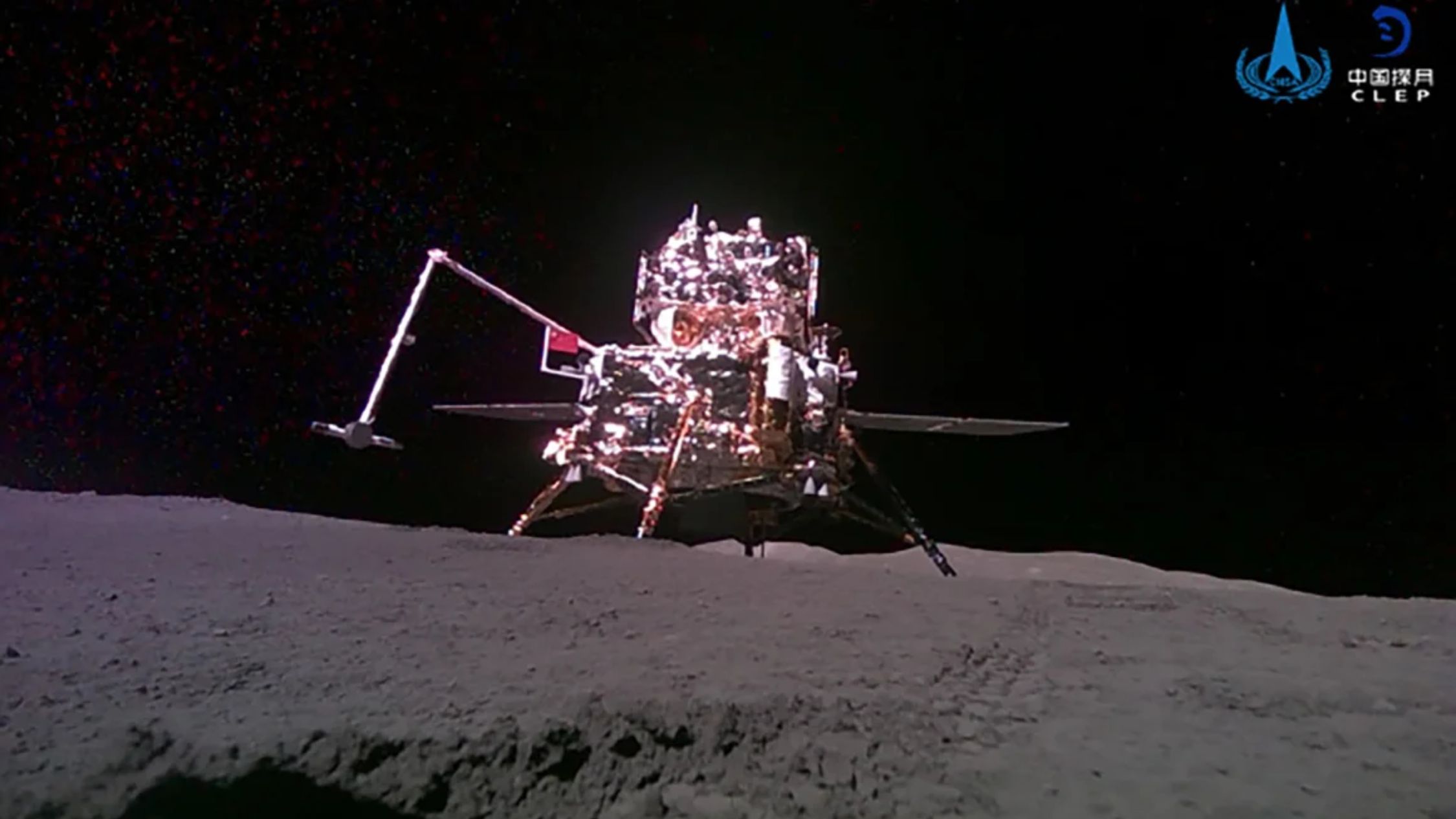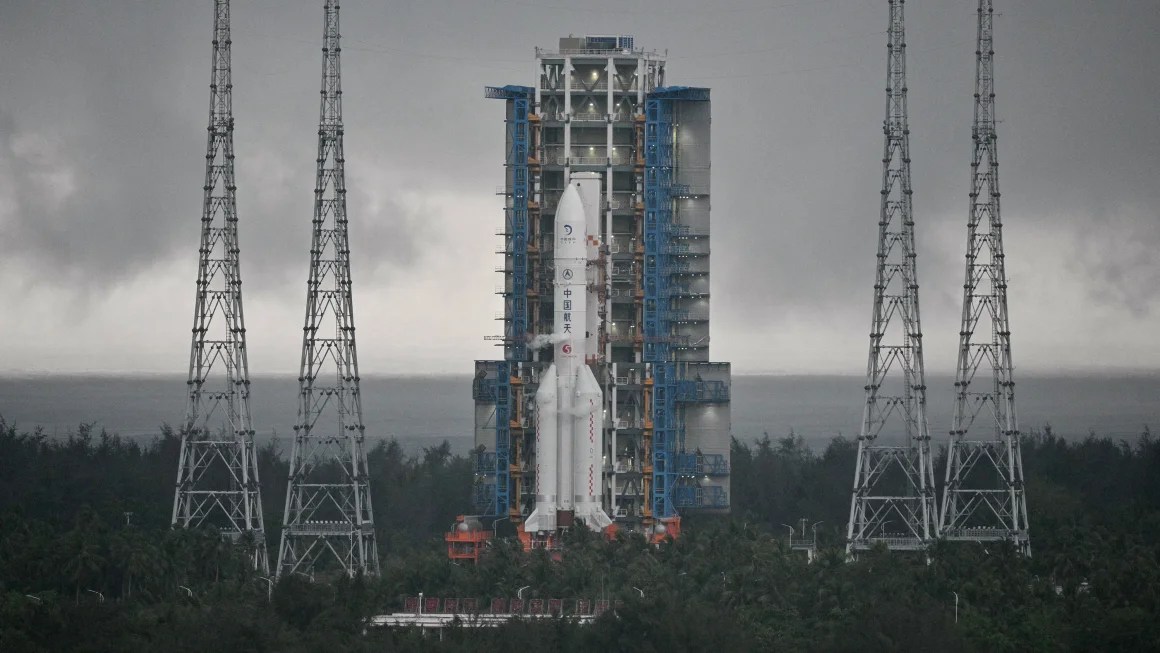China's Chang'e 6 Mission: A Giant Leap in Lunar Exploration
China's Chang'e 6 space probe has marked a significant milestone in the history of lunar exploration. As reported by China Central Television (CCTV), the probe successfully collected the world's first soil and rock samples from the far side of the moon. This historic mission, launched by China's National Space Administration, aimed to gather invaluable data regarding the Moon's origin and structure. The probe, which consists of an orbiter, lander, ascension module, and re-entry module, landed in the Antarctic-Aiken Basin, a region never before sampled, and utilized advanced drilling and robotic arm technology to gather the specimens.
Upon completing the collection, the ascension module took off with the samples, successfully entering a predefined lunar orbit. The mission saw the unfurling of the Chinese national flag on the far side of the Moon for the first time, symbolizing China's growing capabilities in space exploration.
As part of its broader space ambitions, China aims to become a leading player in space development. The Chang'e 6 mission represents a step towards this goal, following notable achievements such as the safe landing on the moon's far side in 2019 and the establishment of the Tiangong space station. The data collected by Chang'e 6, expected to return to Earth on June 25, 2023, promises to offer new insights into the Moon's and solar system's origins, aiding future lunar explorations.
China is also planning for future space missions, with aspirations to send a manned mission to the Moon by 2030 and establish a manned base at the lunar South Pole by 2035. These goals highlight the competitive nature of modern space exploration, involving other countries like the United States, Russia, and India.
- Scientists are particularly interested in the far side of the Moon because it offers a relatively untouched environment, with its craters less covered by old lava flows compared to the near side. This could provide more accurate data about the Moon's early history. The European Space Agency's (ESA) lunar surface negative ion analyzer, France's lunar radon detector, and Italy's laser angle reflector were part of the mission, reflecting international cooperation in space research.
- The Chang'e 6 mission's success is a testament to China's rapidly advancing space technology. It also underscores the increasing parity between China's space programs and those of other major space-faring nations. With investments worth billions under President Xi Jinping, China is well on its way to becoming a leading space power.
- Meanwhile, the United States has its plans to return astronauts to the Moon by 2026 through the Artemis 3 mission. The heightened interest in lunar exploration by both nations could usher in a new era of space research and potential geopolitical dynamics.





